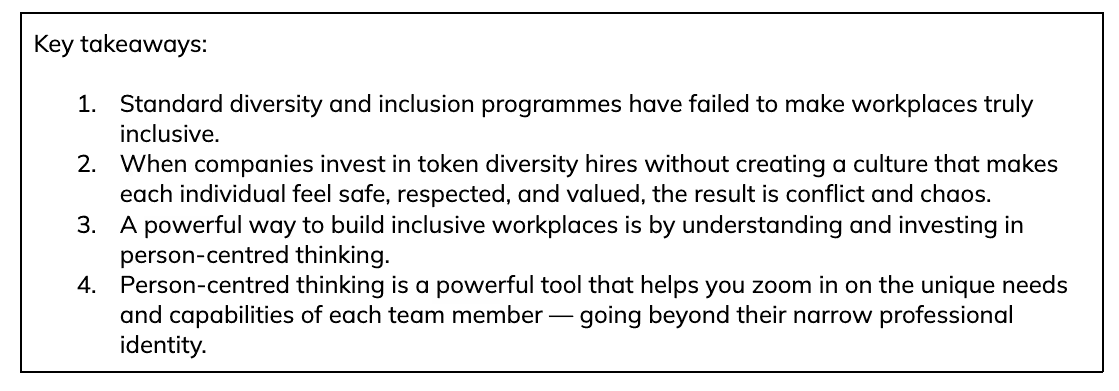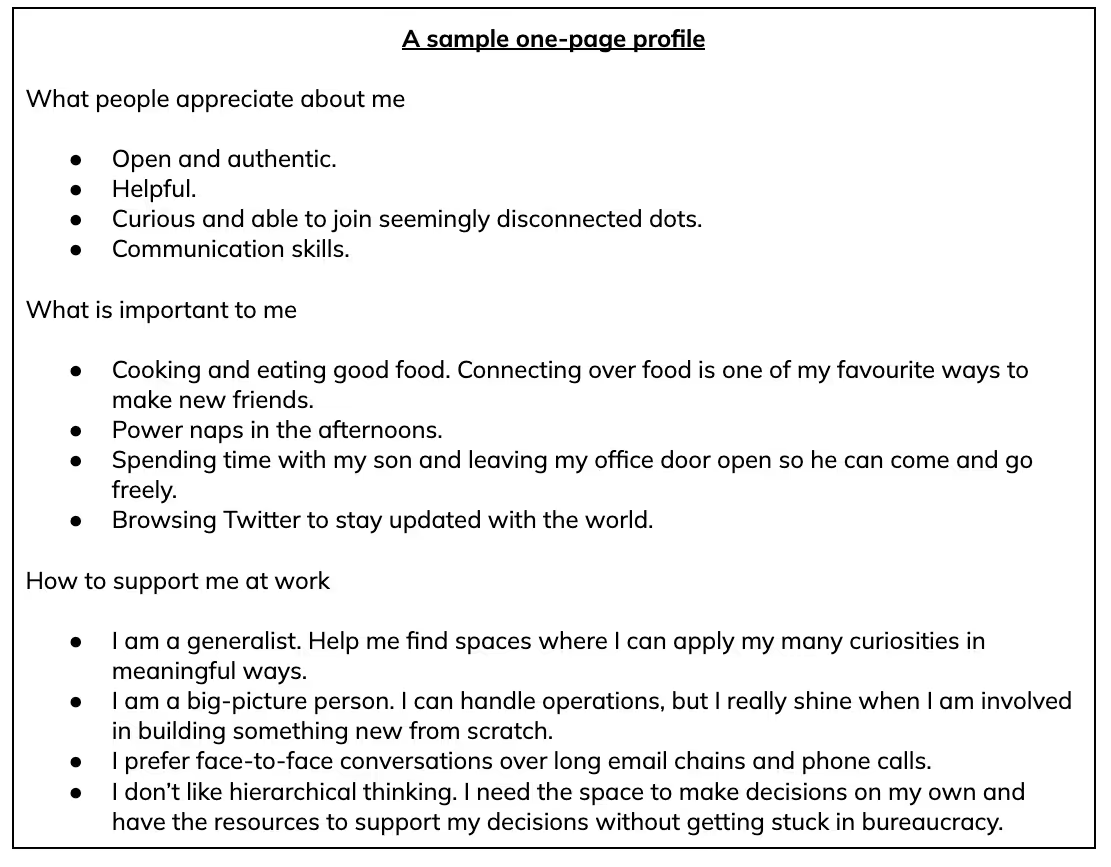

A 40-year-old man weighing 154 pounds.
That's the typical person designers of modern office buildings in the US had in mind when they installed thermostats. I'm talking about the 1960s. Six decades later, office heating remains, well, a heated subject.
Up until the pandemic, despite persistent protests from women, the temperature in the office was optimised for the physiology and comfort of the average man who liked the air chillier — by as much as 5 degrees — forcing women to wrap themselves up in blankets and shawls and sweatshirts, "like burritos".
Here’s the irony: the history of sexist office air conditioning coincides exactly with the rise of the diversity and inclusion (D&I) movement, which is also a product of the Civil Rights era of the 60s.
This little piece of trivia is a symptom of a big structural problem with workplaces: D&I programmes have failed to fundamentally change workplace cultures steeped in homogenous, one size-fits-all thinking.
In a recent survey in India, a mere 21% said they had faith in their organisations' existing diversity practices. Nearly one in four employees believed they were ignored in social settings and meetings, felt physically or emotionally threatened, or faced slurs and innuendos during interactions.
The culprit? Overemphasising the 'D' of D&I at the cost of the 'I'.
Making a few token 'diversity hires' is the easy part. But when workplaces pay lip service to diversity without building a truly inclusive culture to support people from all kinds of backgrounds, the result is conflict and chaos, says Mehernosh N Mehta, chief human resources officer at cargo company Gati.
The whole point of D&I initiatives is to create a safe space for individual differences.
Instead, when companies start mindlessly filling buckets labelled ‘women’ or ‘transgender' or 'disabled' or ‘older employees’ without making the effort to understand and support each person’s unique needs — they end up with exactly the opposite result: a space where individuals don't feel safe, respected, or valued. This does more harm than good to the objectives that D&I initiatives claim to address.
Pre-pandemic workplaces were bastions of homogeneity — thousands upon thousands of workers wearing their ID cards around their necks, sitting at identical desks in a (chilly) open plan office working on identical computers with identical startup tones, drinking the same coffee and eating the same canteen food while complaining about the same peeves.
This simply won’t do any more. Workplaces can no longer expect employees to cast aside their unique and complex humanity and put on fake masks that erase their differences and make them more ‘manageable’.
Person-centred thinking teaches you how not to fall into these traps.
How person-centred thinking can help
How do you make inclusivity an automatic part of your culture and processes, so that your workplace is ready to seamlessly assimilate and support diversity?
For starters, you need to zoom in on the unique personhood of each employee.
Even as you go out there to hire people from diverse backgrounds, remember that your workforce already has people who are fundamentally different from each other. Each person has a unique identity that sits at the intersection of a number of factors unique to them; a unique way of relating to work; and a unique set of expectations from the workplace.
This built-in source of diversity is one of the most overlooked assets in any workplace. Start paying close attention to each person through this lens, and you have made a great start in your journey towards a person-centred workplace.
Step zero: ask your employees who they really are and what you can do to make sure they experience work with minimum friction.
A framework to get you started
I found one of the most interesting frameworks to implement person-centred thinking via Helen Sanderson Associates (HSA), a Canadian firm specialising in training organisations on person-centred policies and practices. To begin with, they break the concept down into a few fundamental questions that employers need to ask of themselves:
- What are the gifts and strengths of each team member and how can we use these to provide the best support to people?
- What is important to each team member about their work? What does this mean for the way that I work with them?
- Specifically, what support does each team member need to do their best work? What does this mean for me and how I support them? What does it mean for how I communicate with them?
- What do I expect from each team member – their core responsibilities? Where is the space for them to use their own judgement and be creative?
- How can I get the best fit between the team member, and their role or the people they support?
- How can we as a team keep learning and recording and acting on what we are learning? About what to build on? About what to change?
Then, they share a suite of powerful tools that can help any workplace operationalise person-centred thinking. I am reproducing two of their simplest tools here.
i) One-page profile
The first one is my absolute favourite, and it’s called ‘One page profile’ — a simple template that employees fill with information about what others appreciate about them, what is important to them as human beings going beyond their professional identity, and how they expect their employer to support them at work.

As you can see from the above example, the ideal one-page profile will be honest and frank, where employees can be as uninhibited as they choose to be without fearing judgement.
One-page profiles can also be useful in recruitment exercises, where they can reveal nuances of a candidate’s personality that cannot be easily captured in CVs or interviews. And it can be used in feedback and appraisal cycles to ensure alignment between the needs of a team and the team members, provide adequate resources to make sure team members feel supported, and identify areas that need change.
“Many teams get started with a ‘one page team profile’,” says HSA. “This is a description of each team member, what is important to each person, how best to support each person, and what the team’s purpose is.”

ii) Good day, bad day
Another excellent tool to nurture person-centred thinking at the workplace is the ‘good day, bad day’ exercise, where people list the ingredients of what makes a good day at work for them as opposed to a bad one.
A sample good day, bad day exercise:
Good day?
- A relaxed morning where I can make a good breakfast, listen to music, and get ready for work at my own pace.
- Begin the day with a chat with team members about what each one is currently working on and explore ways in which we can help each other with our task lists.
- No expectation to reply to emails, barring urgent ones, before lunch.
- Serendipitous conversations with another team that we generally don’t get a chance to meet on a daily basis. This helps me get a fuller picture of what is happening in the organisation.
- Finishing the urgent and important things on my day’s to-do list by 5:00 p.m.
- Spending the last working hour figuring out actionables for the next couple of days and what support I need to execute them.
Bad day?
- Being dragged into meetings that I have no context about.
- Not able to eat lunch on time.
- Being bombarded with ‘urgent’ requests with unreasonable deadlines.
- Glitches with the HR portal, meaning I can’t apply for leave to go on my long-delayed vacation.
- Spending 12 hours at work for the fifth consecutive day because the client sits in a different time zone, without any acknowledgement or measures to fix things from the management.
- Having to take early-morning work calls at home.

“The future of work is personal,” says HR consulting firm ADP. “For employers, this means understanding culture, customer and client experiences, physical and emotional safety needs, financial considerations, and what’s required for each individual employee in the moment.”
No matter the size of your company or the industry you are in, person-centred thinking can help you make surprising discoveries about yourself and your people, and redesign the experience of work.
Good luck.
***
All opinions are the author's.


.svg)










.png)
.webp)

%20(1).jpg)
.png)



.svg)
